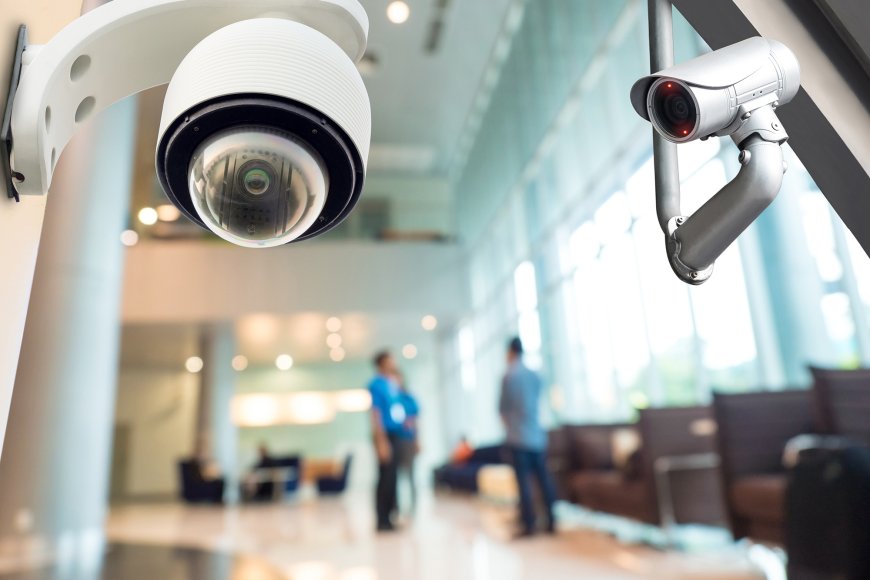Understanding Questioned Documents and DNA Paternity Testing: A Comprehensive Guide
In the fields of forensic science and legal investigations, the analysis of questioned documents and DNA paternity testing play pivotal roles in resolving disputes and uncovering truths. Both processes, though distinct, are crucial in their respective domains for providing clarity and evidence. This article explores these two critical areas, focusing on their methodologies, applications, and importance.

Questioned Documents: An Overview
Questioned document examination is a forensic process that involves analyzing documents to determine their authenticity or to uncover alterations and forgeries. This field encompasses a wide range of tasks, including:
- Handwriting Analysis: Experts compare handwriting samples to verify authorship. This process involves scrutinizing writing styles, pressure patterns, and penmanship consistency.
- Ink and Paper Analysis: Analysts examine the ink and paper used in documents to determine their origin and whether they match the period in which the document was supposedly created. Techniques such as chromatography and spectroscopy are commonly employed.
- Alterations and Forgery Detection: Forensic document examiners identify any signs of tampering, such as erasures, additions, or alterations. Techniques like infrared photography and microscopic examination can reveal hidden changes.
- Document Authenticity: Ensuring that a document is genuine involves checking for consistency with known originals and verifying the physical characteristics of the paper and ink.
Questioned document examination is vital in legal cases involving fraud, forgery, and disputes over the validity of documents such as wills, contracts, and identification papers. By meticulously analyzing these documents, experts can provide invaluable insights and evidence to support legal proceedings.
DNA Paternity Testing: An Insight
DNA paternity testing is a scientific method used to establish biological parentage. This test compares the DNA profiles of a child with those of a potential father to determine if there is a genetic match. The process generally involves:
- Sample Collection: DNA samples are typically collected from the buccal mucosa (inside the cheek) using a swab, or from hair follicles if other methods are not feasible. For more precise testing, hair samples must have the follicle intact, as it contains the necessary DNA.
- Laboratory Analysis: In the lab, DNA is extracted and analyzed for specific markers or loci that are inherited from both parents. This comparison determines the likelihood of paternity.
- Accuracy and Results: DNA paternity tests are highly accurate, with results typically showing a probability of paternity exceeding 99.9% if the tested man is the biological father. Conversely, if the man is not the biological father, the probability of paternity is 0%.
- Applications: DNA paternity testing is used in various scenarios, including legal matters (such as custody disputes and inheritance claims), immigration cases, and personal inquiries about biological relationships.
Intersection and Importance
While questioned document examination and dna paternity testing hair are separate fields, they both contribute to resolving legal and personal issues by providing concrete evidence. For instance, questioned documents might be used to verify identities in legal cases, where DNA paternity testing can further substantiate relationships and personal claims.
Both methods rely on scientific principles and expert analysis to ensure accuracy and reliability. Whether it's proving the authenticity of a document or establishing biological connections, these forensic tools are instrumental in uncovering the truth and supporting justice.
In conclusion, questioned document examination and DNA paternity testing are essential components of modern forensic science. They provide critical evidence in legal disputes and personal matters, helping to clarify truths and resolve uncertainties. Understanding these processes and their applications is key to appreciating their impact on legal and personal affairs.
What's Your Reaction?




















